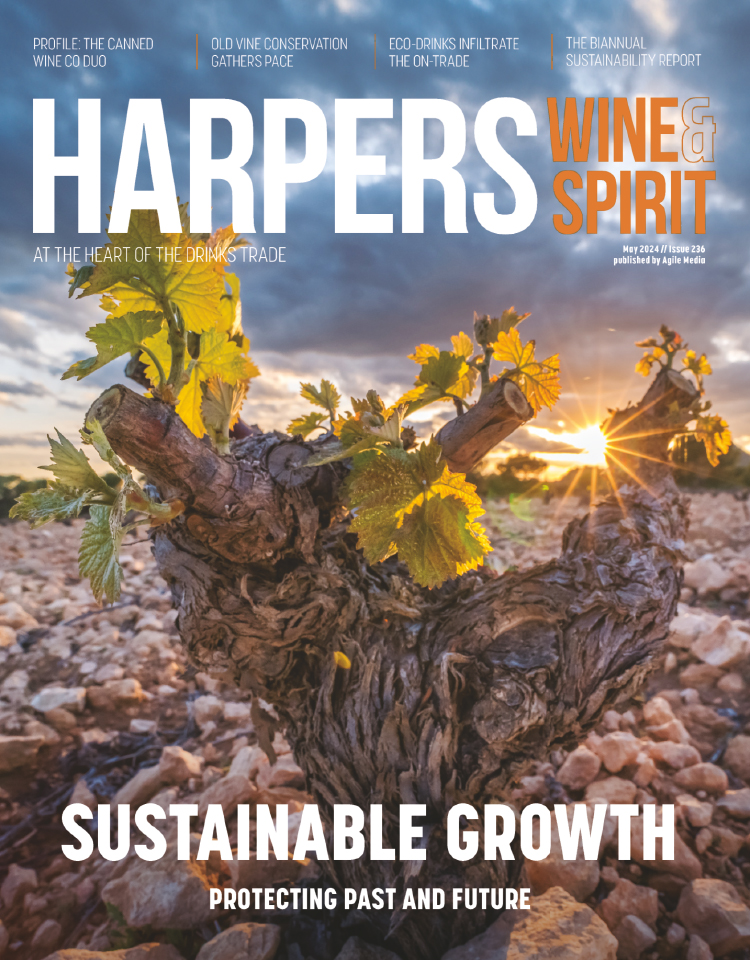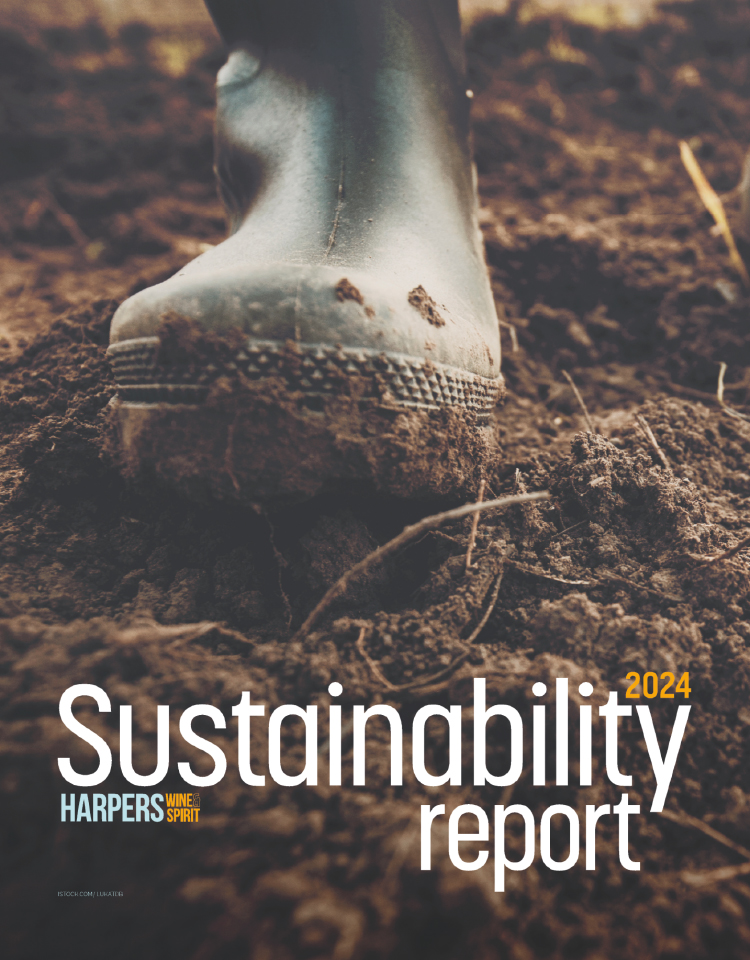
Low & no market up 5% in 2023
Despite signs of the low & no market maturing, growth continued apace in 2023, with consumption across the world’s top 10 markets increasing by 5% in 2023.
According to data from the IWSR, the low & no alcohol category is forecast to grow at a volume of 6% between 2023 and 2027, led by no alcohol at 7%, with low alcohol expanding by 3% over the same timescale.
Although this marks a slightly slower growth rate from previous years (no alcohol grew at a volume of 8% between 2019 and 2023), the no alcohol category, specifically, is continuing to attract new recruits.
- Read more: WSTA debunks pesticide report
Almost a fifth (17%) of all no alcohol consumers in the past year were new entrants – for low alcohol, the figure is 16%. This trend is especially evident in emerging low & no alcohol markets such as the US and Canada. Younger cohorts of legal drinking age (LDA) are recruited the most across markets, with fewer boomers entering the category.
“As low & no alcohol becomes a more established part of the beverage alcohol landscape, growth is slowing after a peak in 2020 to 2021 – but the category is poised for robust gains in the coming years, spearheaded by no alcohol and persistently strong recruitment levels,” said Susie Goldspink, head of Low & No Alcohol Insights, IWSR.
No alcohol now accounts for two-thirds of low & no alcohol category volumes, with 72% of that made up of beer and cider. No alcohol continues to take share from traditional alcohol, and IWSR expects no alcohol to command nearly 4% of total beverage alcohol (TBA) volumes across the top 10 markets by 2027.
Future growth in no alcohol will be spearheaded by less developed no alcohol markets, such as Canada, the US, Australia and Brazil. However, the more mature markets of Germany and Spain are each expected to grow by just 2% by 2027, with Japan forecast to grow at 5% over the same period.
The forecasts largely correspond to low & no’s current market penetration – in Germany and Spain, the category has a TBA share above 10%, but it remains at less than 2% in both Canada and the US.
Meanwhile, in the UK market, low & no is forecast to grow by 8% in volume by 2027. No alcohol beer is the main driving force behind this increase, however low alcohol is expected to make some headway in the coming years, in part due to the changes in alcohol tax for products below 3.5% abv.
Millennials make up the highest percentage of low & no buyers and tend to drink low & no products more frequently than other groups. Millennials also remain the largest age cohort among low & no consumers, but in more developed markets – such as Japan, Spain, Germany and France – low & no consumers skew older.
“This translates into how low & no products are purchased and consumed – consumers in these more mature markets drink low & no beverages predominantly at home and tend to have one or two drinks per occasion,” said Goldspink.
“On the other hand, markets with the highest proportion of millennial and LDA Gen Z low & no consumers – such as South Africa, the US and Brazil – have more varied consumption settings, from home to wellness occasions, on-trade, and at festivals and sporting events. In these locations, they are more likely to have more drinks per occasion.”
The top 10 low & no alcohol markets include Australia, Brazil, Canada, France, Germany, Japan, Spain, South Africa, the UK and the US, which combined account for approximately 70% of global low & no alcohol volumes.








